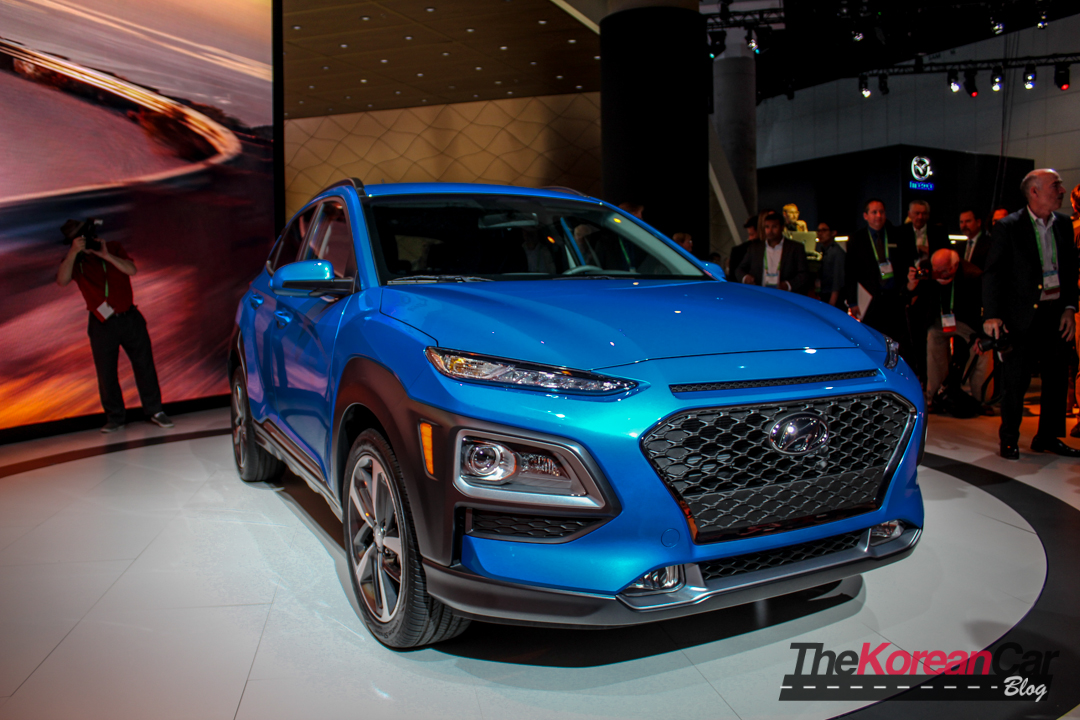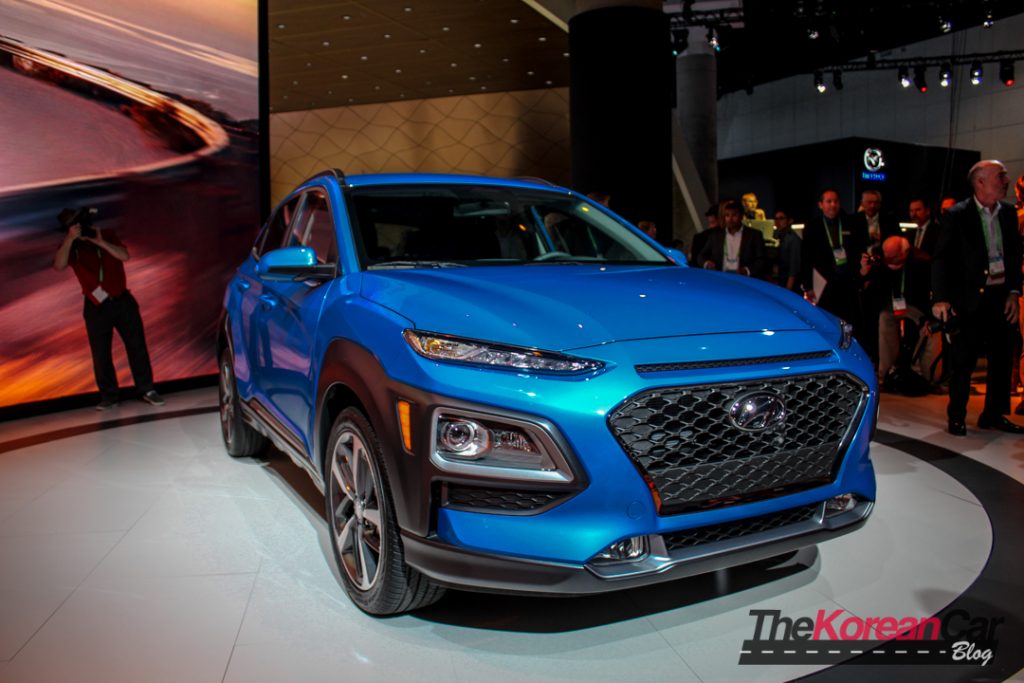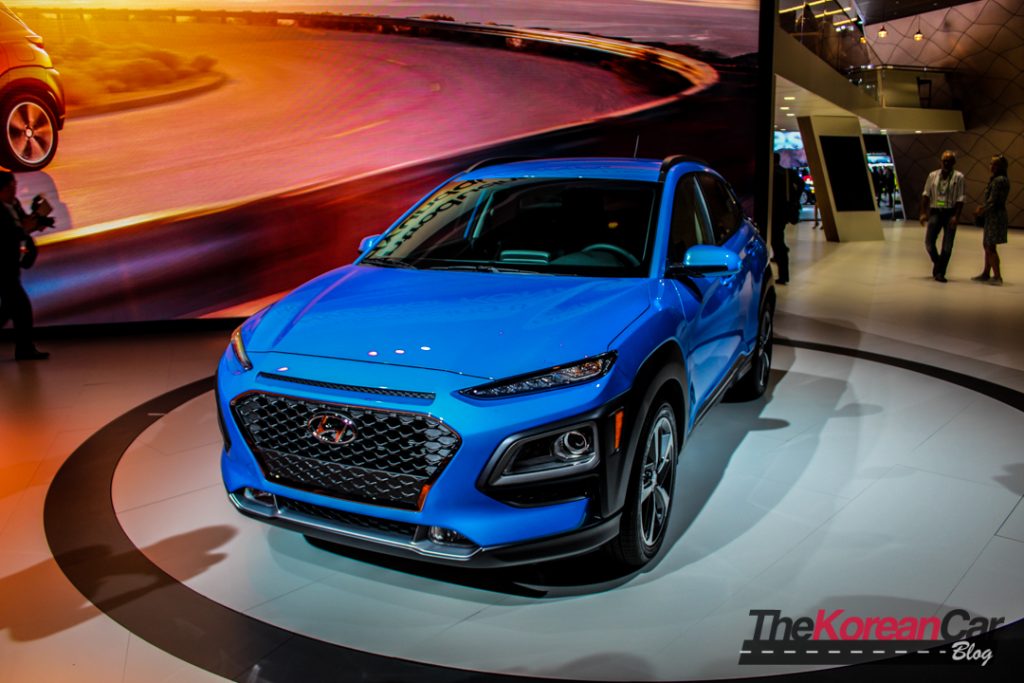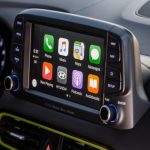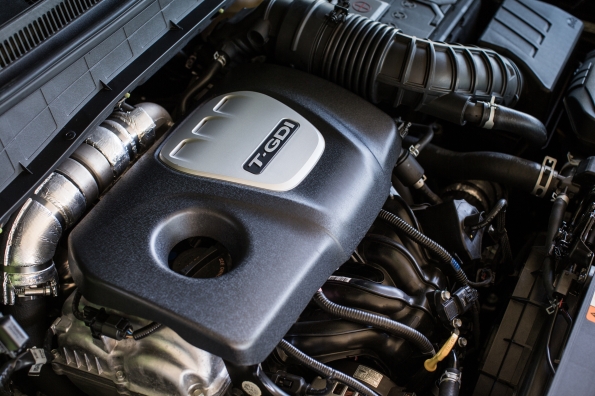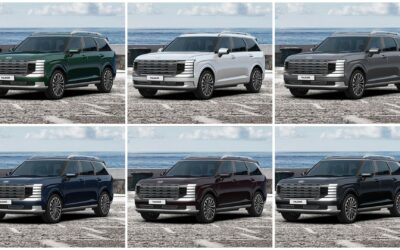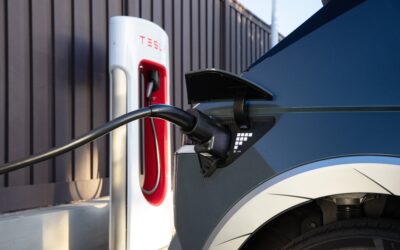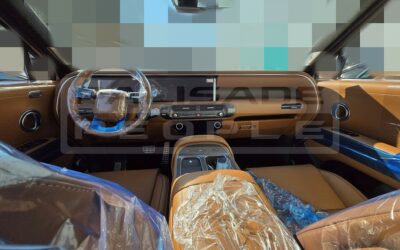Does the 2019 Hyundai Kona Have What It Takes To Beat Small Crossover Competitors?
[ads id=”0″ style=”float:left;padding:6px;”]The tiny crossover craze continues. And it’s not difficult to see why. A higher seating position makes drivers feel more in command, the interior has increased practicality over a subcompact sedan or hatchback, and it’s good for manufacturers too, because they can charge a premium price for a car that may actually be smaller than its less expensive sedan counterparts.
Yesterday, we met the newest entrant into the subcompact crossover space: Hyundai Kona, released at the 2017 Los Angeles Auto Show. It checks all the boxes. Small footprint, tall seating position, good visibility, bold styling, and plenty of room inside despite its compact proportions. But is it good enough to compete with its well-established rivals?
Exterior Styling
Hyundai clearly has a winning style here. The car looks very cool and stylish. It’ll turn heads for drivers who choose the Kona. Arguably the only other car in the segment that has this much style is the Toyota C-HR. The Kona looks better, hands down, than the Mazda CX3, Honda HR-V, Chevy Trax, and Ford EcoSport. If you want to be seen, the Kona and the C-HR are the cars you want to choose in this segment
Interior
Unfortunately, we weren’t very impressed with the Kona here. The interior does its job, with some very comfortable seats. Overall, though, the interior consists of a lot of hard plastics, with only a few soft-touch areas. In models that don’t have the cool colored interior accents, the interior feels slightly depressing, and unfortunately, for those models with the exterior-keyed color accents, they somehow bring attention to the fact that they’re the only interesting part of the interior design.
However, the competitors are not much better. While the C-HR has a slightly more interesting design, it’s also full of hard plastics and the seats are not as comfortable. The CX3 is the leader in this area, with materials that feel more upscale than the other rivals. In terms of interior volume, the Kona matches all the competitors, except for the CX3, which feels much smaller than its rivals.
Features & Content
The Kona is available with all the goodies, such as the full slew of safety features, like blind-spot warning, autonomous braking, etc. There’s also a large touchscreen with navigation, HUD (Heads up Display) automatic climate control, and leather seats available. These features put it cleanly at the top over rivals like the CX3, EcoSport, Trax, and even the C-HR.
Performance
Hyundai gives Kona buyers the choice of the 2.0L naturally aspirated motor or the turbocharged 1.6L engine, meaning that in its more powerful trim, it comes in at the top of the performance game when compared to its rivals. This is a place it will clearly excel over the C-HR, which has to make do with an anemic 144hp and 139 lb-ft of torque, compared to the Kona’s 175 and 196 lb-ft of torque. By the way, don’t even ask if a manual transmission will be offered – it won’t. Finally, all versions of the Kona will be available with all-wheel-drive as well, something that sets it apart from the C-HR, although the Trax, CX3, HR-V, and EcoSport have AWD options as well.
[ads id=”0″ style=”float:left;padding:6px;”]We don’t know about value yet, since pricing hasn’t been announced yet, but we expect it to cost slightly less than most competitors.
On paper, the Kona does look like it has enough to be competitive, but we can’t help seeing this new compact crossover as something of a “me too” effort to capitalize on the continuing crossover trend. Now it’s time to wait and see if the market has space for another tiny crossover.

